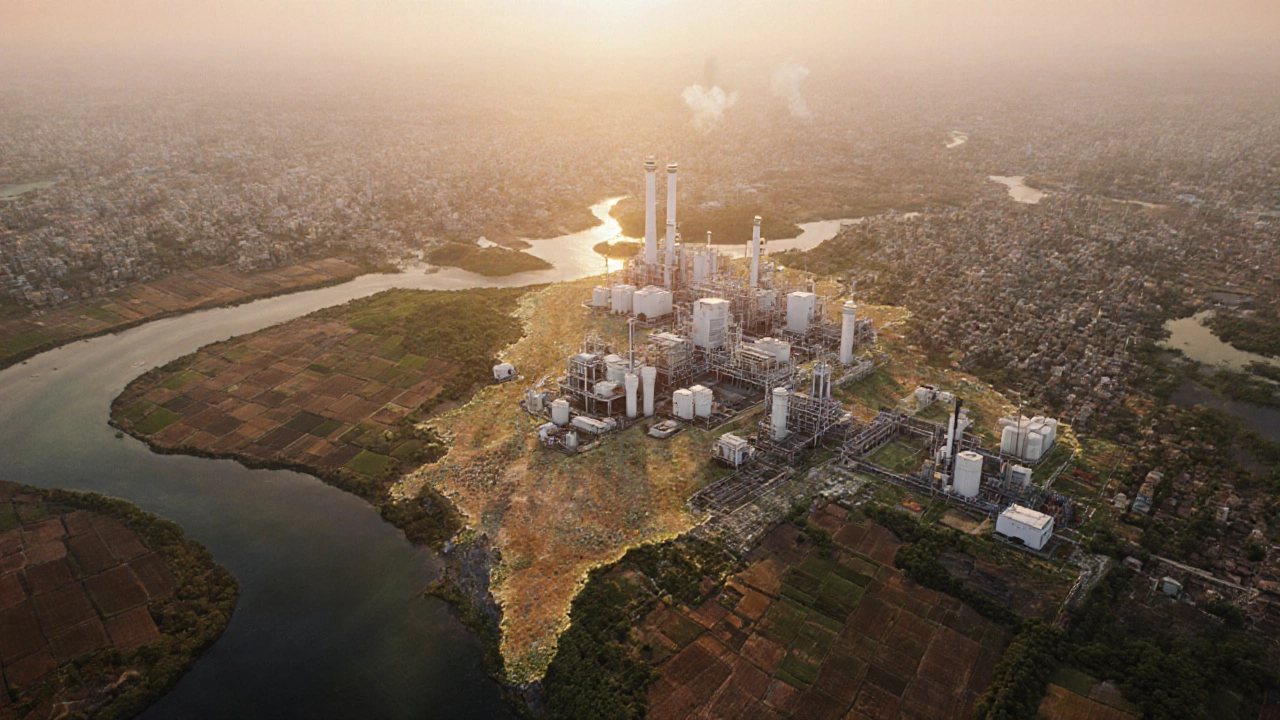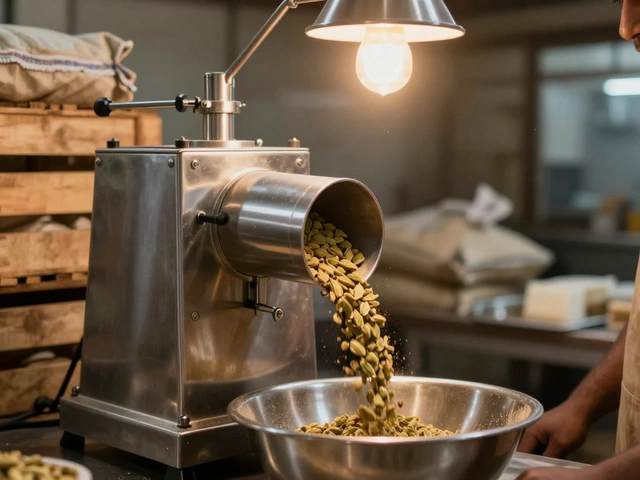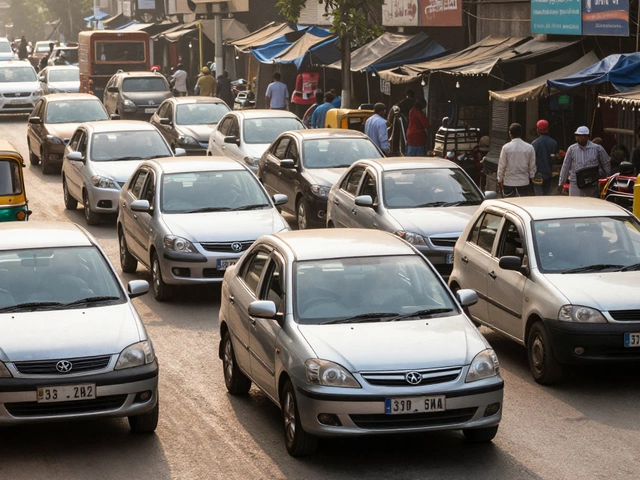India Pharma Industry Count: Stats, Leaders & What’s Driving Growth
When looking at India pharma industry count, the total number of pharmaceutical plants, active drug manufacturers and overall market volume in India. Also known as the Indian pharma sector, it shows how fast the country is adding new facilities and how large the domestic market has become.
The pharmaceutical manufacturing, the process of turning raw chemicals into medicines at scale is a core driver of that count. Bigger plants mean more output, and output directly feeds the market size. In 2024‑25 India produced over 300,000 tonnes of finished drugs, pushing the market past the $45 billion mark. That scale isn’t just about numbers; it influences supply chains, creates jobs and shapes export potential.
Speaking of influence, the top Indian pharma companies, big players like Sun Pharma, Cipla and Dr. Reddy’s each operating dozens of sites set the pace. Their R&D pipelines, global partnerships and aggressive capacity upgrades add dozens of new facilities every year. When these giants expand, the industry count climbs, and smaller firms often follow suit, creating clusters of activity around the same regions.
Those regions become what we call a pharma hub India, a geographic concentration of drug manufacturers, raw‑material suppliers and service providers. Baddi, Hyderabad and Gujarat lead the list, each hosting hundreds of plants. The hub effect means that a single new plant can trigger supporting investments – logistics, utilities and workforce training – which further raises the overall count.
All this growth runs under a strict regulatory environment, the set of rules from the CDSCO, FDA and other agencies governing drug safety and quality. When regulations tighten, manufacturers must upgrade or build new compliant facilities, nudging the count upward. Conversely, clarity in policy can speed approvals, letting more projects move from plan to plant.
Exports are another piece of the puzzle. In 2023‑24 India shipped pharma goods worth more than $20 billion, ranking second globally. Export‑focused plants often sprout in existing hubs, adding to the count while boosting the country’s trade balance. The link between export demand and new facility launches creates a feedback loop: higher demand leads to more plants, which in turn expand capacity for future orders.
Looking ahead, innovation will keep the count climbing. Biologics, biosimilars and advanced drug delivery systems need specialized cleanrooms and biotech labs. Companies investing in these next‑gen areas are filing for new sites, meaning the industry count will reflect not just quantity but also higher technology levels. Future policies encouraging green manufacturing and digital factories will also shape where and how many new plants appear.
Below you’ll find a curated set of articles that break down each of these angles – from market size numbers and leading manufacturers to regional hub analysis and regulatory updates. Dive in to see the data, trends and practical tips that explain why the India pharma industry count matters for investors, suppliers and anyone watching the sector’s rapid rise.
How many pharma manufacturing companies are there in India?
India hosts roughly 12,400 licensed pharma manufacturing companies in 2025, with most located in Maharashtra, Gujarat and Karnataka. The article breaks down types, sources, and how to verify the count.
Read More




